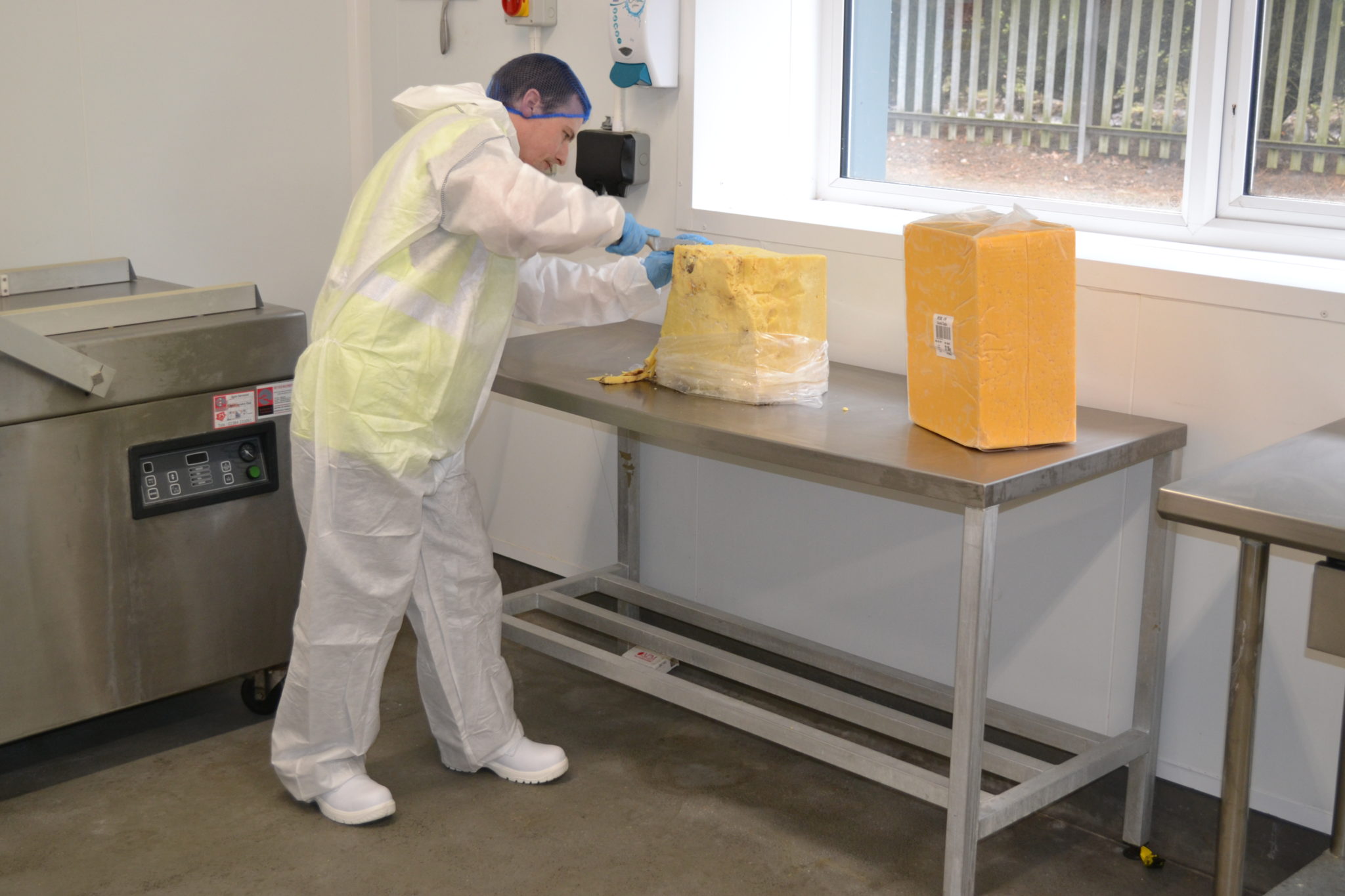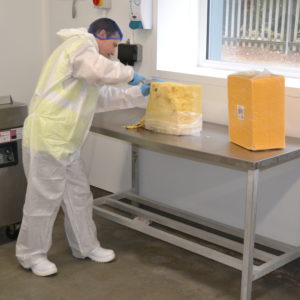At Edwards Transport, our food grading and sampling facility offers a spacious, hygienic environment. Our facility is designed to help customers ensure their products comply with food safety regulations.
What is Food Grading?
Food grading is the process of assessing and inspecting various foods to determine their quality, safety, and market value. This grading system applies to both food and non-food items to ensure they:
- Are safe to consume.
- Can contact food while remaining safe
Importance of Food Grading
Food grading is crucial for maintaining food safety, quality control, and consumer trust. It ensures that food products meet legal and market standards, providing consumers with high-quality, safe food. Proper grading can also enhance the market value of food products by certifying their quality and compliance with regulatory standards.
Grading Systems and Standards
Food grading standards vary based on the type of product and specific quality criteria. For example, dairy products undergo rigorous tests to ensure they meet food safety and hygiene standards. The grading process for dairy products includes:
- Receiving a sterile sample of the product
- Following the latest “Standard Methods for the Examination of Dairy Products”
- Conducting various tests to ensure compliance
Food Safety and Quality Assurance
Ensuring food safety is a top priority in the food grading process. Quality assurance measures are implemented to maintain high standards. These are used throughout the production and distribution of food products. This includes regular inspections, adherence to hygiene protocols, and compliance with legal regulations.
Food Certification
Food certification is a vital part of the grading process, providing an official verification that food products meet established standards. Certifications can cover various aspects, including organic status, non-GMO, fair trade, and specific quality grades. Certified products often command higher market prices and consumer trust.
Beef Food Grading
Grading Beef involves observing the criteria of The Beef Carcase Classification scheme: classify carcases.
This comprises of:
- Dressing the carcase
- Categorising the carcase
- Classifying the carcase – According to conformation (flesh coverage and overall shape), fat coverage and weight.
- Stamping or labelling the carcase
- Communicate the classification results
Grading by hand
Food grading such as the inspection of fruits after washing can be done by hand. The effectiveness of hand grading depends on a number of things:
- The quality of the product
- The quantity of product per inspector
- The Inspectors experience and physical condition
- The kind of inspection that is taking place– larger quantities of product such as grain, is graded on smaller random samples.
- The speed that the products pass the inspector – This is specific to the type of product
Grading by machinery
Food grading by machinery can generally be more efficient, especially for companies, which have a larger quantity of products.
The quality and freshness of a product can be graded by colour measurement, use of x rays, lasers and infrared rays as well as microwaves.
Machinery can also be used when sorting food. Sorting machinery can sort food based on their:
- Shape
- Size
- Density
- Surface properties
For more information on our food grading and sampling service please contact us.











